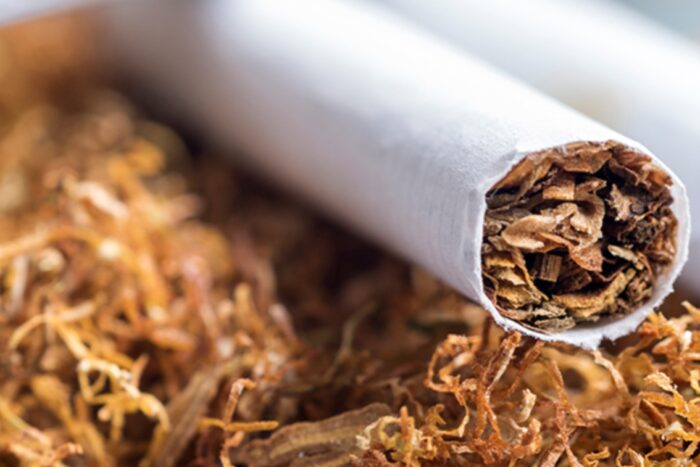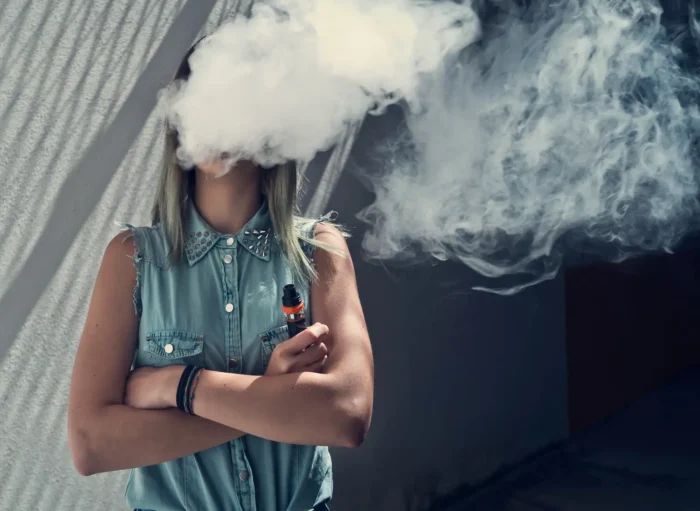To improve the quality of tobacco-related products – cigars, cigarettes, pipes, vaping devices – sold to consumers, the European Union created the Tobacco Products Directive (TPD). The directive is a set of regulations that manufacturers and retailers of cigarette products must adhere to from production to sales.
The EU established TPD in May 2014, but the directive came into full effect on the 20th of May, 2016. Since TPD was created, it has kept many producers on their toes and ensured that consumers use the products correctly. Whether a manufacturer or consumer, you must be well aware of these regulations.

What is The TPD Compliance?
Before we answer this big question, let us first know, what is TPD? As stated in the introduction, TPD is a regulatory framework set up by the EU to protect vapers from poor quality or substandard e-juices.
Another important question worth answering is what is TPD Compliant? It simply means that the cigarette-related product meets the regulations stipulated by the derivative.
TPD Compliance means that manufactured cigarette products adhere to certain regulations. These regulations affect how they are advertised or presented and sold to the final consumers.
TPD regulations cover different phases of the production process, including the ingredients used, and extend to where the products are sold, how the products are packaged, including the colourings used, and how they are displayed. The regulations also mandate that the components are properly tested before they are used in production. Emissions testing is a must for e-liquids. The components must be displayed on the product’s packaging material.
This directive covers all products such as cigars, electronic cigarettes (e-cigars), electronic liquids (e-liquids), e-cigarette tanks, vape devices, and vape tanks. TPD also specifies where the products can be used or consumed and the tax regulations that affect them.
As a manufacturer or importer of vaping products, your products must comply with TPD before they can be sold anywhere in the EU. Failure to do this and you will record a loss in investment because they won’t be placed in the market.
What Is The Purpose Of TPD?
Knowing TPD meaning is just one step, understanding its purpose is another. The purpose of TPD was to integrate the laws on tobacco and its related product across the EU. This step involved revisiting previous laws and reviewing them to fit into the latest scientific development and innovations The new laws are part of a policy targeted at reducing smoking among youths and helping smokers to quit smoking.
TPD achieves some specific objectives. They are:
- Boost and protect the health of consumers of cigarette products.
- Increase the awareness of customers of cigarette products to understand better what they are using.
- Combat the illegal trade of cigarettes and vaping products by introducing an EU-wide monitoring and database system for the legal supply chain.
- Unify legislation for cigarette control and create a regulatory framework for related products.
- Curtail smoking by preventing the use of materials or advertising that would motivate youths to take it up.
- Create a regulatory system for e-cigars and e-liquids to ensure they meet safety and marketing standards.

What Are The Key Rules Of TPD And How They Affect Vaping?
Certain regulations must be followed for products to be certified as TPD compliant. The key regulations are:
Product Characteristics
The product characteristics according to TPD cover the bottle size (max. 10ml), tank size (max. 2 ml), child-resistant packaging, containers that show evidence of tampering and refill mechanism rules.
MHRA Notification
The MHRA is the regulatory body for e-cigarettes and refills containers in the United Kingdom. Before a product is launched into the market, the agency must certify it as TPD compliant. The product’s information, such as characteristics, formulation (components used), and emission must be submitted to the regulatory authority via the EU-CEG portal.
Product Packaging and Labelling
Packaging of the product is subject to new rules which have been put in place by the EU. For instance, it is required that a health warning appears on the label of the product. Also, some precautions must be placed on the product’s leaflet to warn consumers. The warnings or precautions must be presented in the native language of each country in the EU.
Classification of Labelling and Packaging Rules (CLP)
Unlike other cigarette products, there are specific rules for e-liquids. The rules affect mixtures’ labeling and are different from the new vaping laws. They include the placement of an exclamatory sign, skull, or crossbones illustration on the label. Precautionary words are also expected to be put on the labeling.
Manufacturer Registration
Producers must register with the authorities of their countries before they can sell directly to customers on the internet. They would have to complete the necessary documentation/paperwork to receive approval to commence the online sales of products.
How Does TPD Affect Vaping?
Now you might be wondering why vaping products also have to be TPD compliant even though they don’t contain tobacco leaves. Despite not being manufactured from this leaf, the nicotine (or addictive chemical) used in vaping liquids is distilled from the plant. It is because the plant contains the highest concentration of addictive of any plant. Although there are now synthetic forms of the addictive, every product composed of this addictive is subjected to compliance with TPD.

Are Your E-liquids And E-cigars TPD Compliant? – How To Check It?
Producers or importers of e-liquids and e-cigars must follow certain rules for their products to be TPD compliant. Here are the rules to check:
- Nicotine strength should not exceed 20 mg/ml.
- The bottle capacity must not exceed 10 ml.
- The bottles should be designed with child-proof nozzles to control liquid flow.
- The bottles must also be tamper-evident.
- The precautionary illustration should be placed on the bottles.
- The e-liquids must have warning leaflets.
Conclusion
As a manufacturer or importer, it is necessary that you properly understand the specific regulations of each country in the EU before launching a product there. For instance, TPD UK has peculiarities that set it apart from other EU-member states. Furthermore, it is advised that you stick to TPD regulations to increase the health protection of your consumers.
The post TPD Compliance – All You Need To Know About TPD Regulations appeared first on FotoLog.
from FotoLog https://ift.tt/jLpownt
via IFTTT


0 Comments